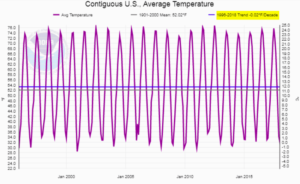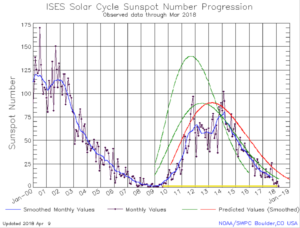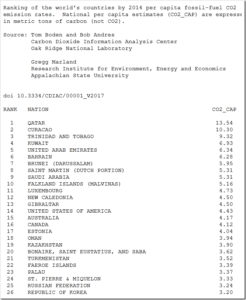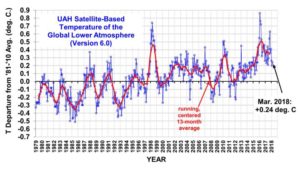by Rick Wilkinson, April 12, 2018 in Oil&GasJournal
The New Zealand government has made the surprise announcement that it will not grant any new permits for offshore oil and gas exploration.
The Labor government of Prime Minister Jacinda Ardern said the move would not be retrospective. The country’s 22 existing offshore exploration permits along with any discoveries made in them could still lead to the granting of production licenses of up to 40 years duration.




